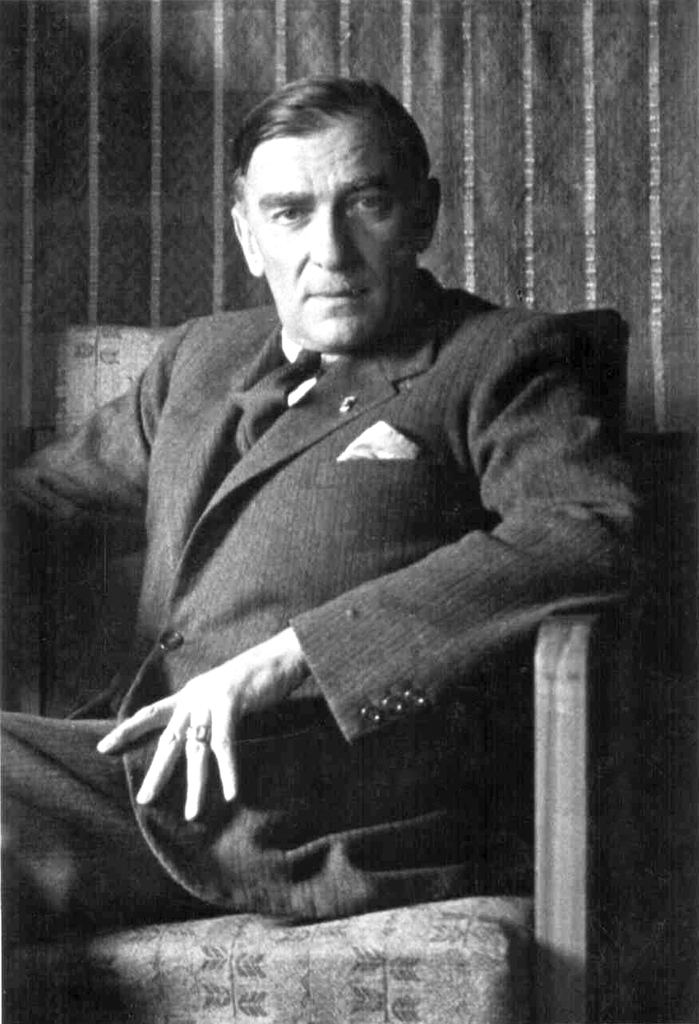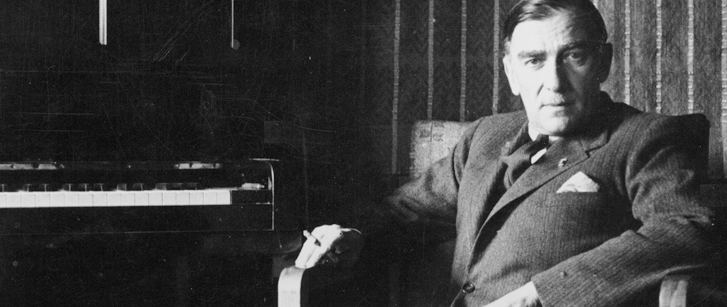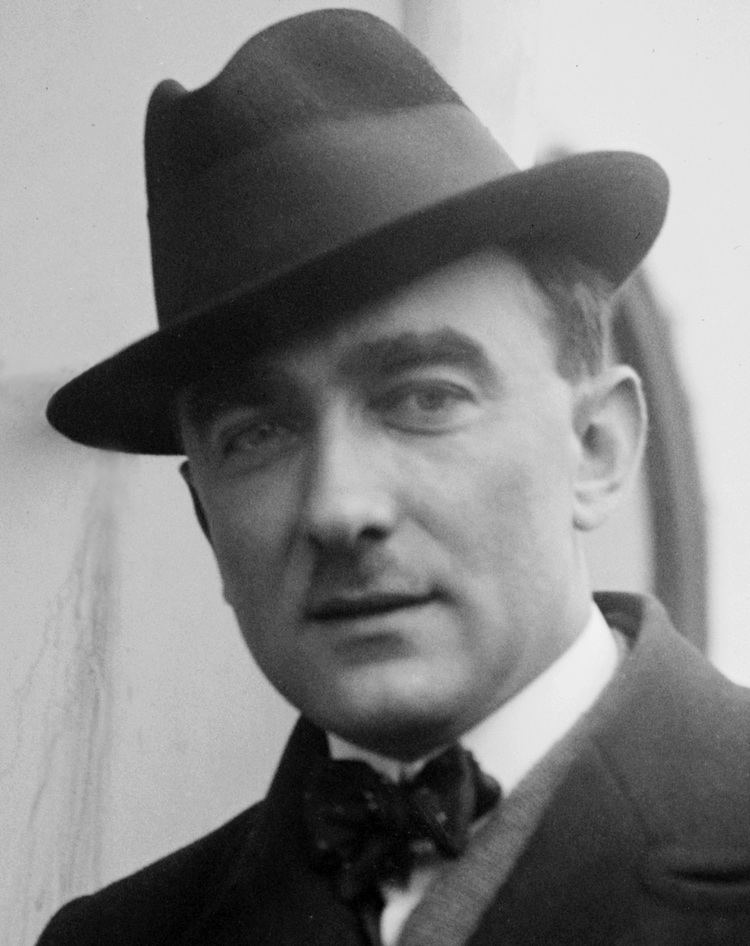Name Karol Szymanowski | Role Composer | |
 | ||
Parents Stanislaw Szymanowski, Anna Szymanowska Siblings Feliks Szymanowski, Stanislawa Szymanowska Compositions Krol Roger, Krol Roger, Stabat Mater, Stabat Mater, Violin Concerto No 1, Violin Concerto No 1, Metopes, Metopes, Symphony No 3, Symphony No 3, Hagith, Hagith, Nocturne and Tarantella, Nocturne and Tarantella, Etude in B-flat minor, Etude in B-flat minor, Violin Concerto no 2 - op 61, Violin Concerto no 2 - op 61, Symphonie nº 4 de Szymanowski, Symphonie nº 4 de Szymanowski, Roxana's Song, Roxana's Song, Symphony No 2, Symphony No 2, Valse romantique - M59a, Valse romantique - M59a, Piesn kurpiowska, Piesn kurpiowska, Kniaz Patiomkin, Kniaz Patiomkin, Twenty Mazurkas - op 50 - M56: No 4 Allegramente - risoluto, Twenty Mazurkas - op 50 - M56: No 4 Allegramente - risoluto, String Quartet no 2 - op 56: I: Moderato dolce e tranquillo, String Quartet no 2 - op 56: I: Moderato dolce e tranquillo, Violin Concerto no 2 - op 61: Allegramente - molto energico (Fig 26) -, Violin Concerto no 2 - op 61: Allegramente - molto energico (Fig 26) -, Masques - op 34 - M35: III Serenade de Don Juan, Masques - op 34 - M35: III Serenade de Don Juan, Three Myths - op 30: I The Fountain of Arethusa, Three Myths - op 30: I The Fountain of Arethusa, Violin Concerto no 2 - op 61: Andantino molto tranquillo (Fig 40) - Tempo I (Allegramente - animato), Violin Concerto no 2 - op 61: Andantino molto tranquillo (Fig 40) - Tempo I (Allegramente - animato), Twenty Mazurkas - op 50 - M56: No 1 Sostenuto - Molto rubato, Twenty Mazurkas - op 50 - M56: No 1 Sostenuto - Molto rubato, String Quartet no 1 in C major - op 37: II: Andantino semplice (in modo d'una canzona) – Adagio dolcissimo – Lento assai molto espressivo, String Quartet no 1 in C major - op 37: II: Andantino semplice (in modo d'una canzona) – Adagio dolcissimo – Lento assai molto espressivo, Masques - op 34 - M35: II Tantris le bouffon, Masques - op 34 - M35: II Tantris le bouffon, String Quartet no 2 - op 56: II: Vivace - scherzando, String Quartet no 2 - op 56: II: Vivace - scherzando, Stabat Mater: Eia Mater - fons amoris, Stabat Mater: Eia Mater - fons amoris, Twenty Mazurkas - op 50 - M56: No 13 Moderato, Twenty Mazurkas - op 50 - M56: No 13 Moderato, Symphony no 1: I Allegro Patetico, Symphony no 1: I Allegro Patetico, Love Songs of Hafiz: Desires, Love Songs of Hafiz: Desires, Krol Roger - op 46: Act III, Krol Roger - op 46: Act III, Love Songs of Hafiz: Hafiz' Grave, Love Songs of Hafiz: Hafiz' Grave, Harnasie: Tableau I - In the mountain pasture - No 2: Mimed Scene (Courtship), Harnasie: Tableau I - In the mountain pasture - No 2: Mimed Scene (Courtship), Harnasie: Tableau I - In the mountain pasture - No 1: Driving the Sheep, Harnasie: Tableau I - In the mountain pasture - No 1: Driving the Sheep, Symphonie Concertante - op 60: III Allegro non troppo - ma agitato ed ansioso, Symphonie Concertante - op 60: III Allegro non troppo - ma agitato ed ansioso, Two Mazurkas - op 62 - M73: No 2 Moderato, Two Mazurkas - op 62 - M73: No 2 Moderato, Stabat Mater: Quis est homo qui non fleret, Stabat Mater: Quis est homo qui non fleret, Violin Sonata in D minor - op 9: II Andantino tranquillo e dolce, Violin Sonata in D minor - op 9: II Andantino tranquillo e dolce, Symphony no 2: II Temat (Theme), Symphony no 2: II Temat (Theme), Twenty Mazurkas - op 50 - M56: No 5 Moderato, Twenty Mazurkas - op 50 - M56: No 5 Moderato, Twenty Mazurkas - op 50 - M56: No 12 Allegro moderato, Twenty Mazurkas - op 50 - M56: No 12 Allegro moderato, Krol Roger: Act II Roxana's entrance: A! W radosnym tancu, Krol Roger: Act II Roxana's entrance: A! W radosnym tancu, Symphony no 3 "Song of the Night": I Moderato assai, Symphony no 3 "Song of the Night": I Moderato assai, Krol Roger: Act II Kto smie moj czar lancuchem petac rabow?, Krol Roger: Act II Kto smie moj czar lancuchem petac rabow?, Four Polish Dances - M60 - no 2: Krakowiak, Four Polish Dances - M60 - no 2: Krakowiak, Symphonie Concertante - op 60: II Andante molto sostenuto, Symphonie Concertante - op 60: II Andante molto sostenuto, Krol Roger: Act II Tajemnych glebin zycia zar wszechmocna, Krol Roger: Act II Tajemnych glebin zycia zar wszechmocna, Twenty Mazurkas - op 50 - M56: No 18 Vivace - Agitato, Twenty Mazurkas - op 50 - M56: No 18 Vivace - Agitato, Three Paganini Caprices - op 40: III Theme varie Tema (Vivace) - Variations I-X, Three Paganini Caprices - op 40: III Theme varie Tema (Vivace) - Variations I-X, Krol Roger: Act III Wokol martwota glazow, Krol Roger: Act III Wokol martwota glazow, Harnasie: Tableau I - In the mountain pasture - No 7: The Tatra Highlanders' Dance, Harnasie: Tableau I - In the mountain pasture - No 7: The Tatra Highlanders' Dance, Twenty Mazurkas - op 50 - M56: No 9 Tempo moderato, Twenty Mazurkas - op 50 - M56: No 9 Tempo moderato Similar People Witold Lutoslawski, Frederic Chopin, Bela Bartok, Claude Debussy, Antoni Wit | ||
Ewa bandrowska turska polish soprano karol szymanowski
Karol Maciej Szymanowski ([ˌkarol ˌmat͡ɕej ʂimaˈnofskʲi]; 6 October 1882 – 29 March 1937) was a Polish composer and pianist, the most celebrated Polish composer of the early 20th century. He is considered a member of the late 19th-/early 20th-century modernist movement Young Poland.
Contents
- Ewa bandrowska turska polish soprano karol szymanowski
- Karol Szymanowski Symphony No 4 Op 60 Symphonie Concertante 1932
- Life
- Influences
- Works
- References

The early works show the influence of the late Romantic German school as well as the early works of Alexander Scriabin, as exemplified by his Etude Op. 4 No. 3 and his first two symphonies. Later, he developed an impressionistic and partially atonal style, represented by such works as the Third Symphony and his Violin Concerto No. 1. His third period was influenced by the folk music of the Polish Gorale region, including the ballet Harnasie, the Fourth Symphony, and his sets of Mazurkas for piano.
He was awarded the highest national honors, including the Officer's Cross of the Order of Polonia Restituta, the Order of Merit of the Republic of Poland and other distinctions, both Polish and foreign.

Karol Szymanowski: Symphony No. 4, Op. 60 "Symphonie Concertante" (1932)
Life
Szymanowski was born into the Korwin-Szymanowscy family, members of the wealthy land-owning Polish gentry class, in the village of Tymoszowka, then in the Kiev Governorate of the Russian Empire (now Tymoshivka in Cherkasy Oblast, Ukraine). He studied music privately with his father before enrolling at the Gustav Neuhaus Elisavetgrad School of Music in 1892. From 1901 he attended the State Conservatory in Warsaw, of which he was later director from 1926 until retiring in 1930. Since musical opportunities in Russian-occupied Poland were quite limited, he travelled throughout Europe, North Africa, the Middle East, and the United States. Being lame in one knee made him unsuitable for military service in World War I.
His travels, especially those to the Mediterranean area, provided much inspiration to the composer and esthete. These were voyages of self-discovery. Arthur Rubenstein found Szymanowski different when they met in Paris in 1921: "Karol had changed; I had already begun to be aware of it before the war when a wealthy friend and admirer of his invited him twice to visit Sicily. After his return he raved about Sicily, especially Taormina. 'There,' he said, 'I saw a few young men bathing who could be models for Antinous. I couldn't take my eyes off them.' Now he was a confirmed homosexual. He told me all this with burning eyes."
In 1918, Szymanowski completed the manuscript of a two-volume novel, Efebos, which took Greek love as its subject. To avoid embarrassing his mother, Szymanowski planned to publish the novel only after her death, but she outlived him, dying in 1937. Szymanowski's distant cousin and friend Jaroslaw Iwaszkiewicz held the manuscript and arranged for a passage to be included in a March 1939 radio broadcast in Poland. The manuscript was lost in a fire in September 1939 during the siege of Warsaw. The only part that survives is the central chapter, "The Symposium", which Szymanowski translated into Russian and gave as a gift to Boris Kochno, who became his love interest when they met in the spring of 1919. That chapter was discovered among Kochno's papers in 1981 and published in a German translation in 1993 along with Szymanowski's preface to the novel and a related passage from Iwaszkiewicz's memoirs. In the preface, he explained that he wanted "to let the shining light of truth penetrate where only dark shadows and the poisonous viper-hissing of hate-sowing derision reigned." He also wrote that his novel depicts "the history of a gradual liberation from various types of traditional, inherited slavery by an increasingly clear mirage of true freedom of the soul". Szymanowski also dedicated several love poems he wrote in French about the same time to the 15-year-old Kochno.
Of his works created or first imagined, like King Roger, during the years 1917 to 1921, both musical and literary, one critic has written: "we have a body of work representing a dazzling personal synthesis of cultural references, crossing the boundaries of nation, race and gender to from an affirmative belief in an international society of the future based on the artistic freedom granted by Eros."
Szymanowski settled in Warsaw in 1919 after the Bolshevik Revolution. In 1926 he accepted the position of Director of the Warsaw Conservatory though he had little administrative experience. He became seriously ill in 1928 and temporarily lost his post. He was diagnosed with an acute form of tuberculosis, and in 1929 traveled to Davos, Switzerland, for medical treatment. Szymanowski resumed his position at the Conservatory in 1930, but the school was closed two years later by a ministerial decision. He moved to Villa Atma in Zakopane where he composed fervently. In 1936 Szymanowski received more treatment at a sanatorium in Grasse, which was no longer effective. He died at a sanatorium in Lausanne, Switzerland, on 29 March 1937. His body was brought back to Poland by his sister Stanislawa and laid to rest at Skalka in Krakow, the "national Pantheon" for the most distinguished Poles.
Szymanowski's long correspondence with the pianist Jan Smeterlin, who was a significant champion of his piano works, was published in 1969.
Influences
Szymanowski was influenced by the music of Richard Wagner, Richard Strauss, Max Reger, Alexander Scriabin and the impressionism of Claude Debussy, and Maurice Ravel. He also drew much influence from his countryman Frederic Chopin and from Polish folk music. Like Chopin he wrote a number of mazurkas for piano. He was specifically influenced by the folk music of the Polish Highlanders (Gorals), which he discovered in Zakopane in the southern Tatra highlands, even writing in an article entitled "About Goral Music" : "My discovery of the essential beauty of Goral (Polish Highlander) music, dance and architecture is a very personal one; much of this beauty I have absorbed into my innermost soul" (p. 97). According to Jim Samson (1977, p. 200), it is "played on two fiddles and a string bass," and, "has uniquely 'exotic' characteristics, highly dissonant and with fascinating heterophonic effects." Carefully digesting all these elements, eventually Szymanowski developed a highly individual rhapsodic style and a harmonic world of his own.
Works
Among Szymanowski's better known orchestral works are four symphonies (including No. 3, Song of the Night with choir and vocal soloists, and No. 4, Symphonie Concertante, with piano concertante) and two violin concertos. His stage works include the ballets Harnasie and Mandragora and the operas Hagith and Krol Roger ('King Roger'). He wrote much piano music, including the four Etudes, Op. 4 (of which No. 3 was once his single most popular piece), many mazurkas and Metopes. Other works include the Three Myths for violin and piano, Nocturne and Tarantella, two string quartets, a sonata for violin and piano, a number of orchestral songs (some to texts by Hafiz and James Joyce) and his Stabat Mater.
According to Samson (p. 131), "Szymanowski adopted no thorough-going alternatives to tonal organization [...] the harmonic tensions and relaxations and the melodic phraseology have clear origins in tonal procedure, but [...] an underpinning tonal framework has been almost or completely dissolved away."
